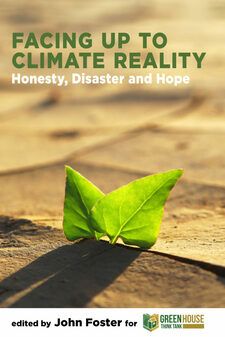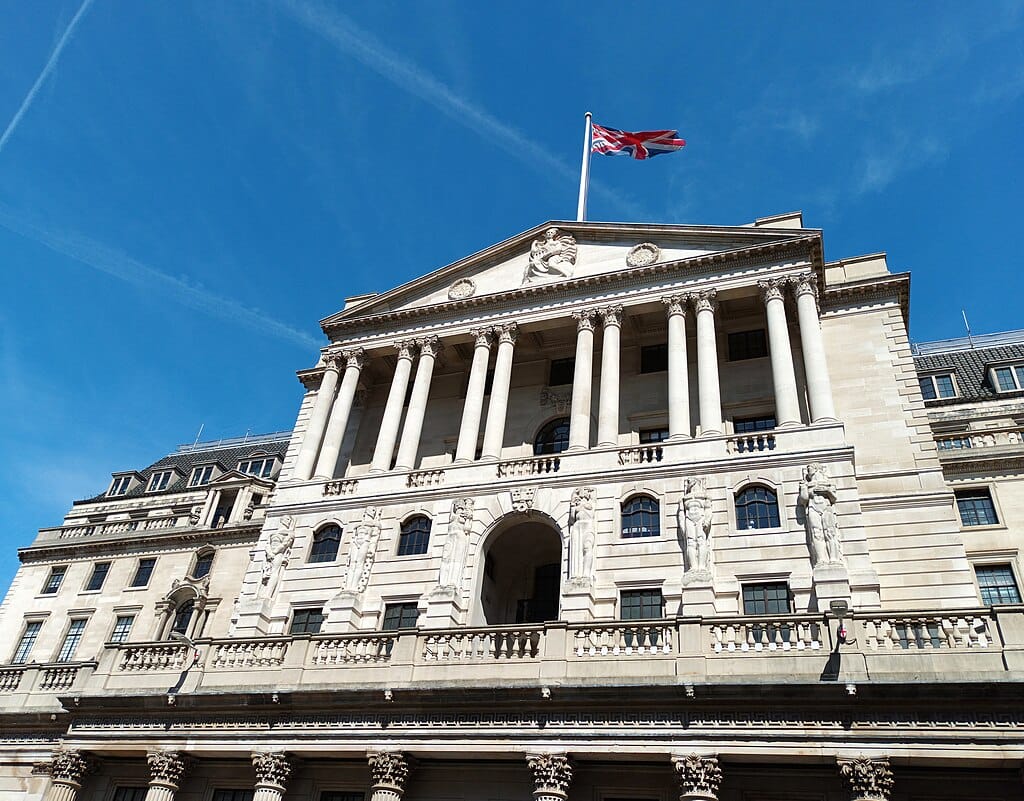
Facing up to Climate Reality; Honesty, Disaster and Hope
Our latest book, takes as its starting point the fact that the climate crisis is going to get much worse whatever we now do. The book explores what this means and how we might be able to confront escalating climate chaos while not giving up hope.

Published by London Publishing Partnership, 2019
This edited collection, published by Green House in association with the London Publishing Partnership in Spring 2019, is a sequel to Green House’s earlier book ThePost-growth Project (eds. Blewitt and Cunningham, 2014), which sought to get countries like Britain to recognise the need for ending ‘economic growth’. In this new collection, we begin the even more challenging process of facing up to the brutal reality of long-term climate damage world-wide. Such honesty is the necessary prequel to effective climate action.
Copies of the collection are available here, price £13.99 (paperback). Kindle and iPad versions are also available.
Professor Kevin Anderson, Tyndall Centre for Climate Research:
“It is easy to interpret these fascinating essays as leaning towards the gloomier terrain occupied by the ‘Dark Mountain’. But whilst collectively the authors dispense with techno-utopian approaches to mitigation, their development of transformative adaptation provides a more informed response to the challenges we face. Such realism is timely in a world still fixated on fossil fuels and on an emission trajectory toward a four (or more) degrees future. From the ashes of the old hope, Facing Up to Climate Reality opens up space for a new and potentially more fruitful dialogue. Whilst the authors clearly recognise our profound crisis, they suggest that we may yet navigate our way through it, and in so doing could deliver improvements in some key aspects of our quality of life. I can only hope that their measured optimism helps catalyse widespread and meaningful action.”
Mayer Hillman, father of carbon rationing and author of How We Can Save the Planet:
“Readers of this fascinating book are brought closer to the truth that world temperatures will rise this century to levels only experienced on the planet many millions of years ago, long before homo sapiens; and that catastrophe is therefore almost-inevitably impending.”
Caroline Lucas MP, author of Honourable Friends? Parliament and the Fight for Change:
“This important new collection brings the trademark radicalism of Green House to the climate crisis. The authors set out an array of bold and hopeful ideas, consider how facing up to climate disasters can kindle new green shoots of community, and explore the psychology of climate communication. The book both pursues climate honesty rigorously and offers hope for the future.”
Authoritative science, from the IPCC and others, has already documented our looming climate plight, while powerful advocacy such as that of Naomi Klein and George Monbiot has urged last-minute action to avoid it. We do not seek to duplicate that work. Instead, we explore what truly facing up to the reality of our situation would mean in practice. What would actually be involved in accepting the inescapability, now, of real climate-driven disasters and the end of the dream of uninterrupted human ‘progress’? We seek answers to these questions by probing the barriers to the transformative adaptation which we now so urgently need, accepting that the world is already committed to escalating climate chaos, but yet, at the same time, not giving up hope of avoiding climate catastrophe.
The book, edited by John Foster, comprises an Introduction and ten chapters by a range of writers associated with Green House. On the theme of practical politics, Richard Douglas asks whether capitalism can survive the transition to a post-growth economy, and Peter Newell explores how the world political order might cope with +4 degree C, while Rupert Read and Kristen Steele emphasise the corresponding need for swift and dramatic localisation. Thinking about how present systems could respond, Anne Chapman documents a UK case-study of a town struggling to deal with an extreme weather event, while Jonathan Essex queries the resilience potential of current urban structures in general. The dangerous illusion that we could let ourselves off these hooks through geoengineering is comprehensively exposed by Helena Paul and Rupert Read. In its final section, the book steps back from specifics and moves to the crucial level of investigating framings for these societal challenges, within which we might (just maybe) rise to them. Nadine Andrews and Paul Hoggett offer a perspective from psychology, and Brian Heatley considers a surprising and intriguing historical parallel. Finally, John Foster shows how, without failing to remain realistic about the stark challenges which we confront, we might still build a mind-set allowing for hope.



